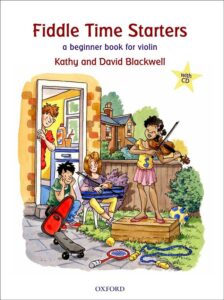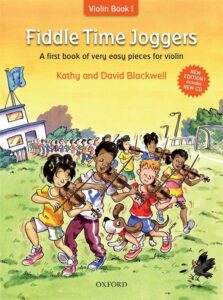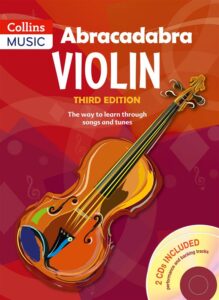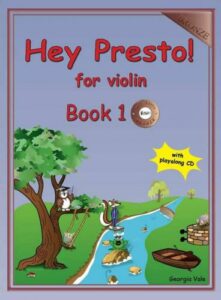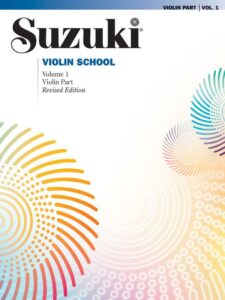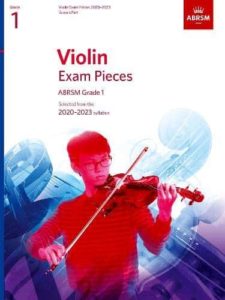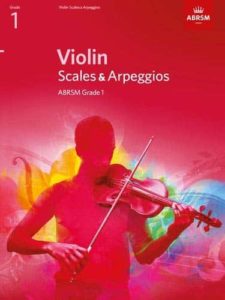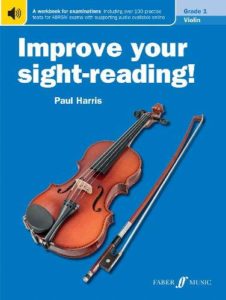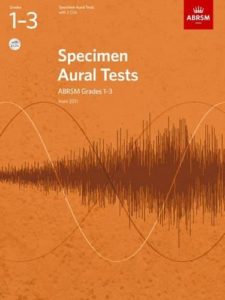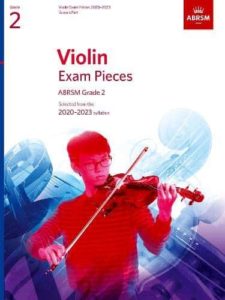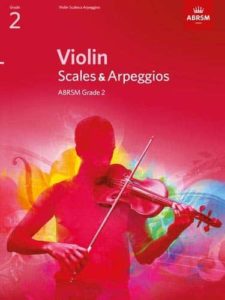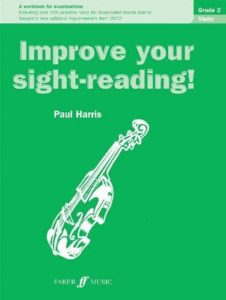Violin books – beginners
Select Your Instrument and level
Violin books
(beginners)
The best educational books in one place
We have years of experience using and testing educational books for a range of instruments. We only recommend books that we have used ourselves and that we can confidently vouch for.
All the best books out there have been collected here for you so that you don’t have to search for hours on end to find good material.
This page is constantly updated when we discover new treasures and to include the latest releases from ABRSM’s graded exams.
We have done our best to provide accurate and up-to-date information on each individual product below. Please note that there are more options for learning the required syllabus than we have included on this page. We have included books that we personally recommend. If there is something regarding the exams or syllabus you’re not sure about, please check ABRSM’s website. You can also contact us and we will do our best to advise you.
ABRSM now offers two different exams (scroll down to the bottom of this page for more info). They both give you equal amounts of UCAS points which can be used in university or college applications in the UK. Please note that it’s only grades 6-8 which can give you UCAS points.
The best violin books for complete beginners
Fiddle Time is a really popular series of instructional books for violin. Fiddle Time Starters is the first one and is our personal favourite for absolute beginners. It focuses a lot on rhythm and bowing techniques which ensure that students develop a strong rhythmic sense from the very start.
It has an abundance of short open-string bowing pieces. This gives the student a lot of material to develop a strong right-hand technique before involving the left hand. It also has a CD with great sounding tracks that the students can play along with. This makes it a lot more fun for a lot of children and will help them stay motivated.
This book gives you an abundance of easy early-stage pieces for the violin.
After having learnt the very basics of violin, young beginners need a lot of practise with the first position in order to solidify their technique. Fiddle Time Joggers is the perfect book for this purpose.
The difficulty progresses really slowly so that the student has enough material to develop a strong, solid technique.
Abracadabra Violin is very easy to fall in love with. It’s all about learning the violin through songs and tunes. Out of all the violin books for beginners that we’re aware of, this contains the most fun to play pieces.
Many of the pieces in this book are well-known tunes from famous films such as Mary Poppins, The Wizard of Oz and The Sound of Music. These films are not as popular as they once were, so there might be tunes that young children haven’t heard yet. But they are still beautiful classics.
Often, original work and inventive creations spring up as a result of solving a problem. That’s the case with this book as well.
The author, Georgia Vale, made this series of educational books because she didn’t find any books that worked well for her and her students when she was teaching.
Since the explanations are written in their language, it gives young players the confidence to attempt to understand music theory on their own accord between lessons. It’s also easy for parents without a musical background to understand the music. This makes it possible to help their child if they’re struggling with something. And this is partly the reason why the author made this book. The charts are colourful and visual. All of this together will give young violinists a strong and fun start on their violin journey.
The Suzuki method was founded in the mid-20th century by Shinichi Suzuki, a Japanese violinist and music educator.
Please be aware that the student age for this book can vary a lot. Shinichi Suzuki himself thinks it’s commonplace to start with this method as early as 3 or 4 years old. If you want to take your child through the Suzuki method from a very early age, you need to find a teacher who is experienced in teaching this particular method.
However, even though you’re not learning to play the violin with the Suzuki method, you can still use the Suzuki books as they are great for developing a strong technique. In that case, even this first book is too advanced to start with, but perfect after the student has started to use their left hand.
Read more about the Suzuki method here.
Everything you need for the ABRSM grade 1 violin exam
This book contains everything you need to prepare the scales and arpeggios for your grade 1 violin exam.
Violin Specimen Sight-Reading Tests is a good alternative to sight-reading practise, but we prefer Improve Your Sight-Reading because it includes a whole lot more practise pieces that progress in difficulty. Sight-reading takes time to get good at, so more material is often needed.
All you need to prepare the aural part of the exam. This book includes two CDs. Practising aural skills is all about listening, so the CDs will be a huge help, especially if you want to practise in between lessons when your teacher is not there to play for you.
Aural Training in Practice is a good alternative if you want a bit more explanation and guidance.
Everything you need for the ABRSM grade 2 violin exam
This book contains everything you need to prepare the scales and arpeggios for your grade 2 violin exam.
Violin Specimen Sight-Reading Tests is a good alternative to sight-reading practise, but we prefer Improve Your Sight-Reading because it includes a whole lot more practise pieces that progress in difficulty. Sight-reading takes time to get good at, so more material is often needed.
All you need to prepare the aural part of the exam. This book includes two CDs. Practising aural skills is all about listening, so the CDs will be a huge help, especially if you want to practise in between lessons when your teacher is not there to play for you.
Aural Training in Practice is a good alternative if you want a bit more explanation and guidance.

